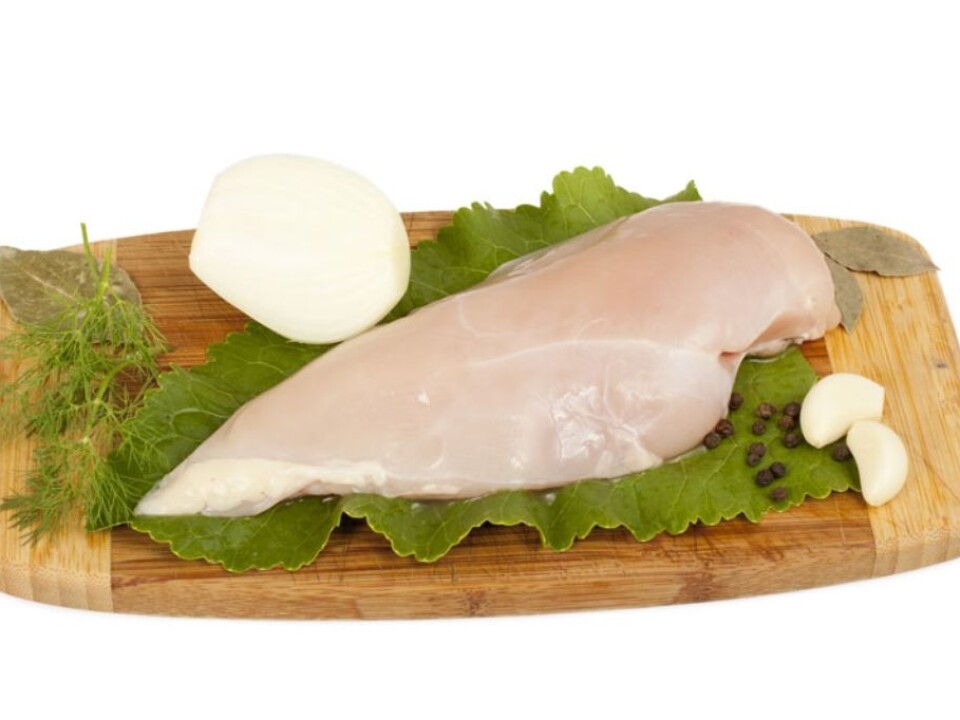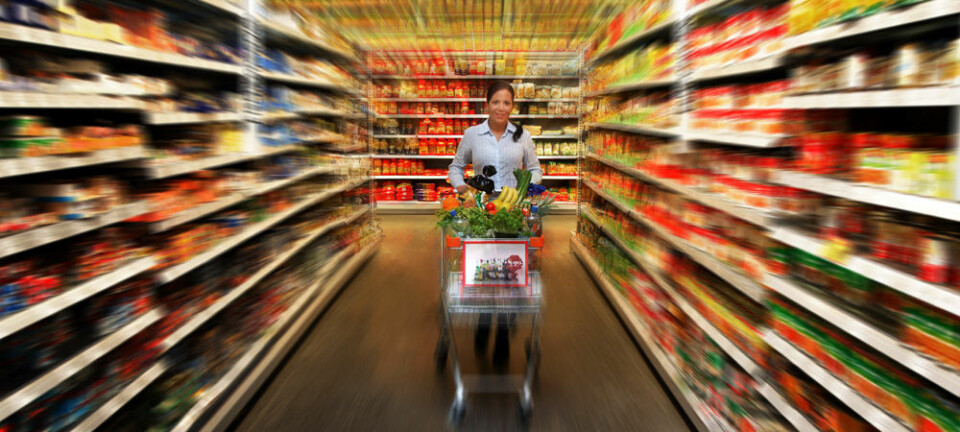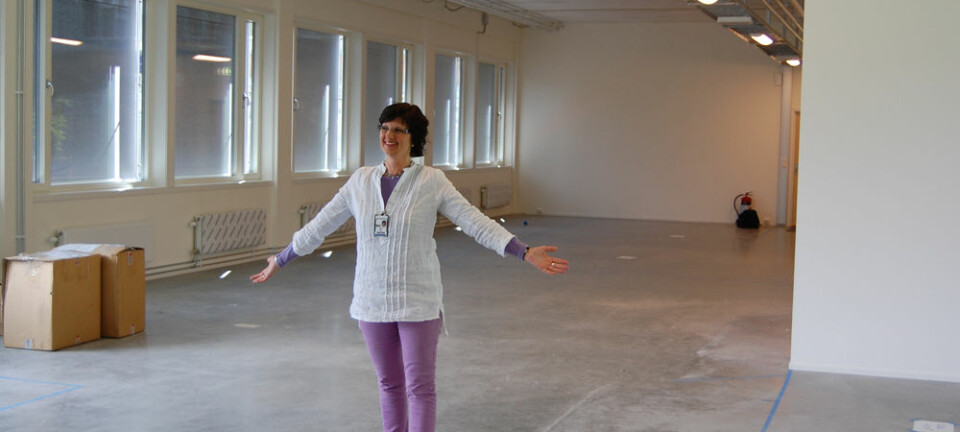
Undercooked and overlooked: Young Norwegian men ignore food safety
Young, single men living in Oslo are Norway’s most cavalier cooks when it comes to curbing bacteria in the kitchen.
Denne artikkelen er over ti år gammel og kan inneholde utdatert informasjon.
Men under 30 in Norway’s capital city handle and prepare food in ways that could pose a considerable risk of contamination from pathogenic bacteria, such as dangerous strains of E. coli.
It’s no help that these men are well educated, according to a Norwegian study to be published in Journal of Food Protection.
A passing bout with diarrhoea can be the result of negligence and mistakes in the kitchen.
In the worst case, sloppy food handling can result in serious illness or death ― depending on the types of bacteria that flourish in the kitchen as well as the general health of the individual afflicted.
Insufficient cooking

In the new study of 2,000 Norwegian consumers aged 18-80, subjects were asked about their food-handling practices. Researchers at Nofima, which conducts food research, and the National Institute for Consumer Resarch (SIFO) analysed the responses to come up with some potentially alarming findings.
“Our analysis shows that young men in particular are more likely to cook meat products insufficiently ― food like hamburgers and chicken breasts. This raises the chance of disease,” says veterinarian and food researcher Elin Halbach Røssvoll of Nofima.
The habits of these men don't appear to be influenced by the fact that most of the top professional chefs in the world are men.
Nor does it seem to help that today's males are generally more involved in housework and food preparation than their fathers and grandfathers were.
The new study is part of Røssvoll’s PhD work, which is affiliated with a four-year research project led by research colleague Solveig Langsrud.
Raw meat knife right into the salad
Røssvoll says that the food handling problems in the kitchen were not limited to men’s penchant for insufficient heat-treatment of foods.
“Men generally treated food in ways that pose a greater risk of bacteria from cross-contamination.”
“This means, for instance, that men are careless about or neglect to wash knives and cutting boards that have been used for raw meat when slicing vegetables for a salad,” says Røssvoll.
Men are also poorer at washing their hands ― before and while preparing food.
In an earlier study by Røssvoll, half of the most common mistakes made by men and women in Norwegian kitchens were classified in the category “high risk”.
Different variations of failing to cook your food enough, such as eating hamburgers that are pink inside, are high on the list of things to avoid in the kitchen.
Another, equally serious problem concerns inadequate refrigeration of leftovers.
Food treatment changes in a partnership
The new study shows that the gender differences in risky food treatment are greatest when men and women are under the age of 30.
Then the hygiene gap between the sexes closes until around the age of 50, when it starts to widen again.
“You could wonder whether men’s handling of food is affected when they enter relationships. It would appear as if guys become more conscious about preparing food responsibly when they start making food not solely for themselves but for an entire family,” says Røssvoll.
You might suspect that the danger is over then, as far as men are concerned. But men in their 50s and 60s, with or without a wife, continue to do things in the kitchen that threaten food safety.
The Norwegian researchers haven’t studied the reason for this.
A few bright spots
Even though men, and especially younger ones, tend to be slobs when making food, there are a few glimmers of hope. They are better than women at blanching vegetables and have more knowledge about refrigerator temperatures.
Both are important in killing or preventing the growth of dangerous bacteria. Blanching involves giving vegetables a little bath in boiling water, which is essential for eliminating bacteria in vegetables such as peas and bean sprouts.
Røssvoll and her colleagues point out that infections from the bacteria Shigella sonnei from imported snap peas in 2009 can illustrate the point in theory, anyway: Of 23 confirmed cases of infection, 18 were women and five were men.
This wasn’t necessarily due to gender choices of foods ― men at least claimed to eat snap peas and bean sprouts as often as women.
But the scientists think the problem might be that women tend to eat raw vegetables right from the package as snacks, while men prefer to cook them.
Important to know the temperature
So this is one sphere where men can chalk up a point in their favour, and then there’s the fridge temperature to consider.
Røssvoll’s colleague, Professor Per Einar Granum, has explained that if cooked pasta or rice are preserved incorrectly the results can be fatal. Bacteria thrive on leftover rice and spaghetti.
More on the school agenda
Røssvoll thinks schools should teach more about the proper treatment of food.
“Unfortunately this is not a hot topic, but it should be. To date we have been lucky here in Norway. We have little in the way of problems from salmonella, for example, and we haven’t fully come to grips with the fact that there are dangerous E. coli strains out there,” she says.
The researchers think that more food safety information should be targeted to men, but also to pupils in elementary and secondary schools.
“If schools taught more about the safe treatment of food, I think we’d develop a basic understanding from childhood. We have new food habits and encounter completely different bacteria than we did 20-30 years ago.”
“We could spread information about relevant risks in this country much better ― things we have to watch out for here now in Norway. We have to think about food safety in 2013, not as if it was 1950,” says Røssvoll.
----------------------
Read the Norwegian version of this article at forskning.no
Translated by: Glenn Ostling

































